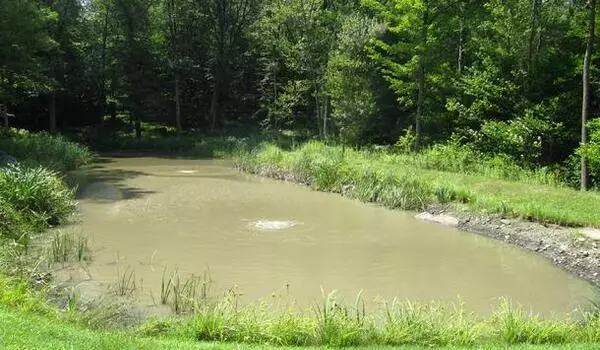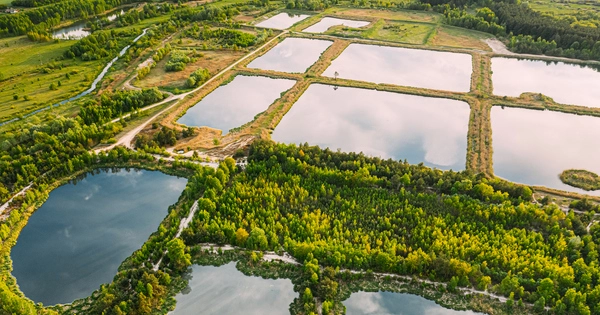A new study discovered that relying on stormwater management (SWM) ponds to restore depleting wetlands is not sustainable and lacks critical ecosystem services essential for biodiversity. In recent years, urban stormwater harvesting has emerged as a viable option for reducing pressures on existing water sources and mitigating the negative environmental impacts associated with stormwater runoff. This is a relatively plentiful, local source of water that is available in most urban areas.
With continued wetlands losses projected in the near future and an emphasis on underestimating provincial wetland loss, the study captures the contributions of SWM ponds in a changing network of water bodies, as well as the effects of land use and land cover on this change.
Waterloo researchers led by Waverley Birch examined wetland loss, SWM pond creation and land use-based trends in seven southern Ontario municipalities within the most populated ecozones in Canada from 2002 to 2010 using a geographic information system.
We recommend that protections for wetlands of all sizes be strengthened, thereby protecting communities by retaining the important ecosystem services that wetlands provide for biodiversity as well as human health and wellbeing.
Waverley Birch
“Wetland loss contributes to ecosystem service loss in Ontario, as natural disasters such as droughts and floods become more common in urban areas,” Birch said. The findings show that the total number of SWM ponds created was 1.6 times greater than the total number of wetlands lost for all municipalities combined during the study period, and that an overall rate of 0.13 percent of wetland area was lost per year.
“This is concerning because of the low proportion of remaining wetlands in these areas and the fact that the average SWM pond was smaller than the average lost wetland, posing a significant environmental challenge,” Birch said.

Stormwater runoff causes flooding in cities, puts a strain on sewage conveyance systems and waste water treatment plants, and pollutes groundwater in nearby water bodies. Mitigating stormwater has become a prime directive of cities and states as they look to reduce the impact on aging and undersized sewage systems or simply want to drive sustainable city planning and the construction of green buildings.
The researchers argue that wetland losses will continue, with SWM ponds taking their place. They discovered that losses are concentrated in wetlands that, due to their small size, are generally not protected by provincial policies.
Stormwater harvesting from industrial zones before it enters natural waterways is likely to reduce the subsequent impact of point source discharge on surface waters by reducing pollutant loads. A stormwater harvesting system, if properly designed, will also provide urban stream health benefits by reducing frequent flows to streams and serve as a public amenity. Stormwater harvesting and storage can be accomplished through a variety of methods such as biofiltration, porous pavement, rain gardens, and groundwater recharge.
“We recommend that protections for wetlands of all sizes be strengthened, thereby protecting communities by retaining the important ecosystem services that wetlands provide for biodiversity as well as human health and wellbeing,” Birch said.





